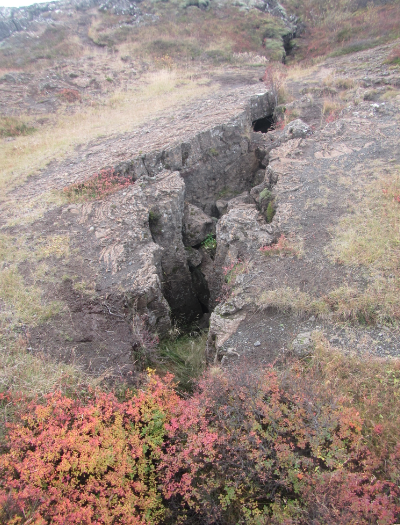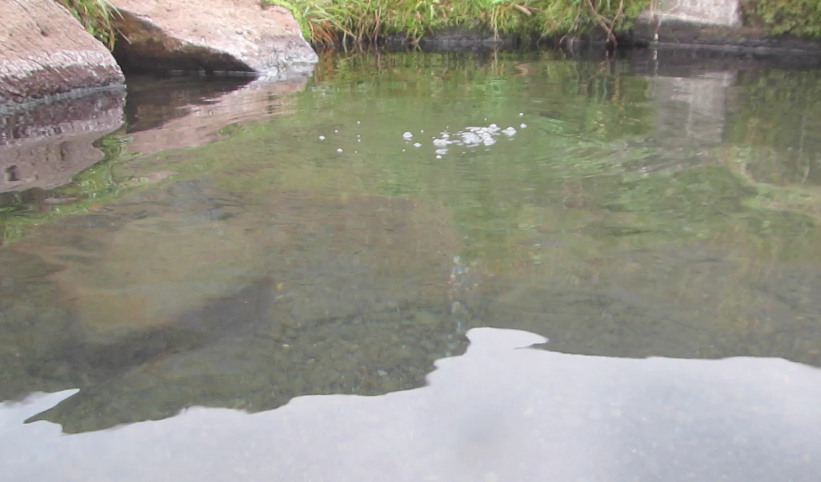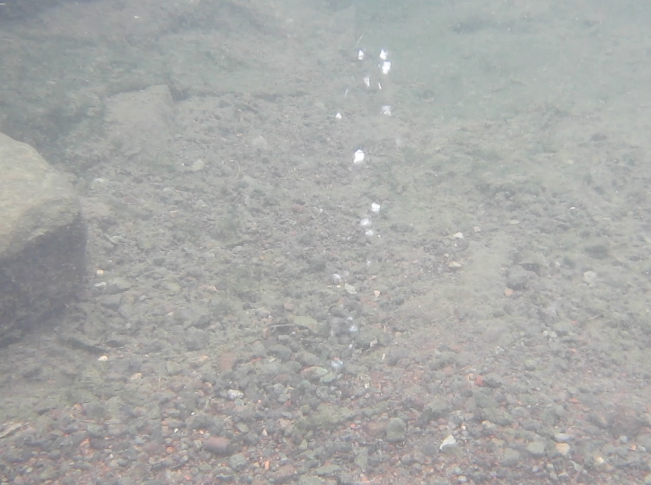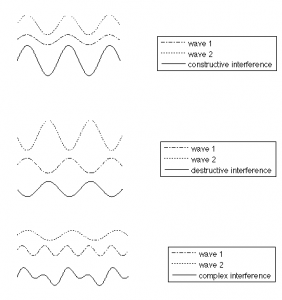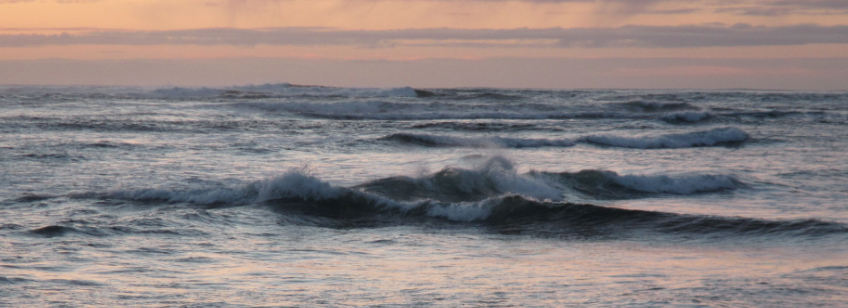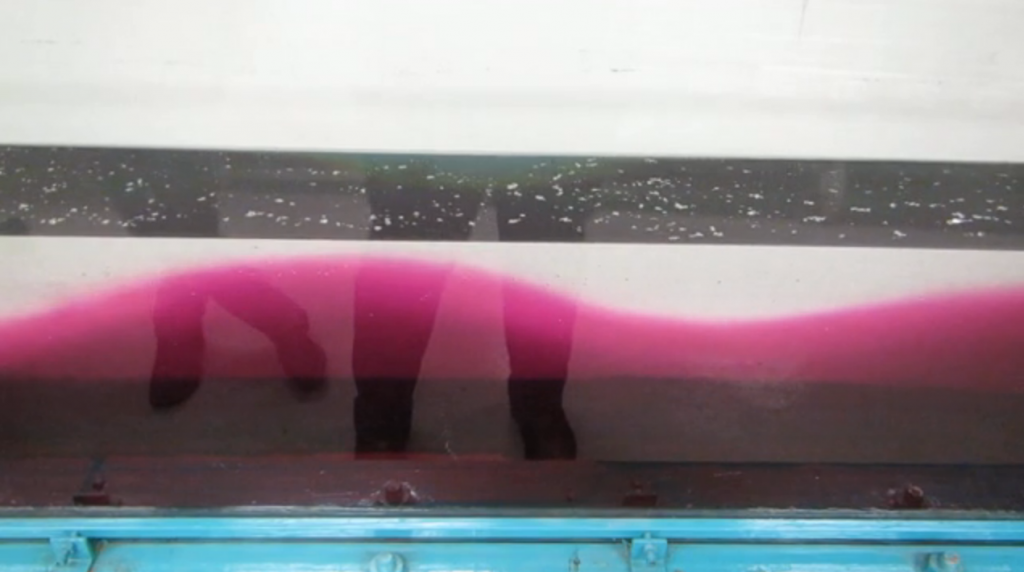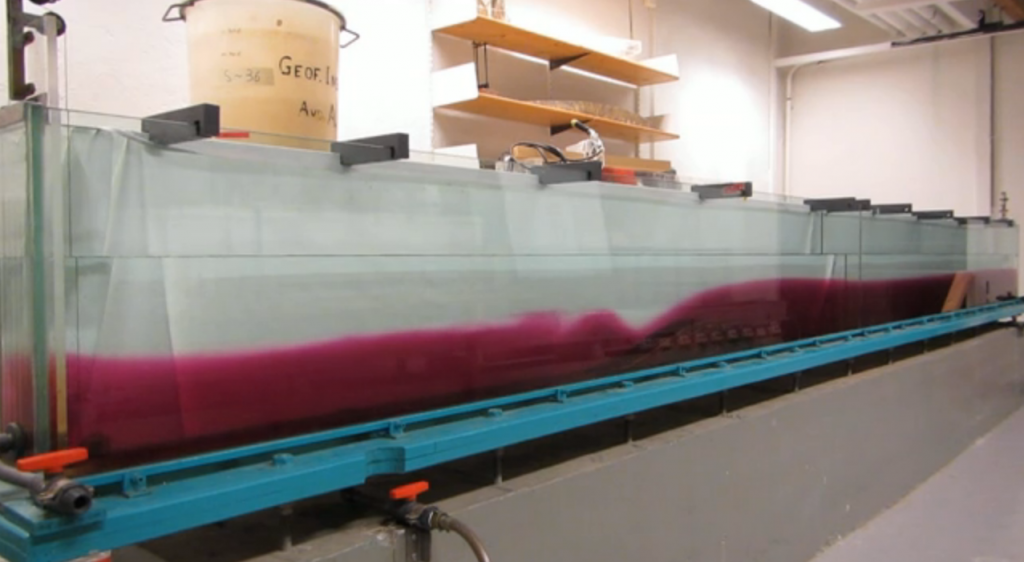The Mid-Atlantic Ridge above sea level in Iceland.
On my recent trip to Iceland, I had to seize the opportunity to take pictures of plate tectonics at work. Imagining oceanic plates drifting apart is quite difficult, and Iceland is one of the few places in the world where a mid-oceanic ridge reaches above the water level.
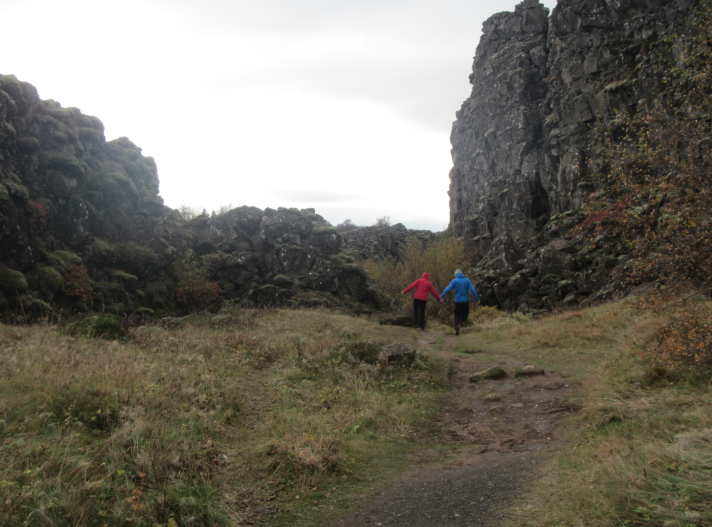
A (in red) on the European plate side, A (in blue) on the American plate side, both walking down a rift valley.
We first went to Thingvellir, but since I wanted pictures with no wandering tourists on them except for us, we had to continue the search for the perfect rift valley.
I don’t really know all that much about plate tectonics, but from what I read in various places, the plates here don’t converge continually, but in episodes. Apparently, the last big event and subsidence of the valley floor occurred with an earthquake in 1789.
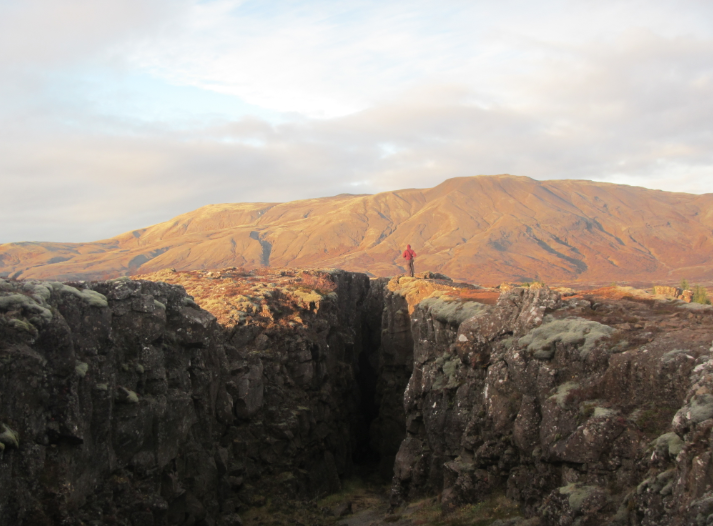
E investigating a rift valley
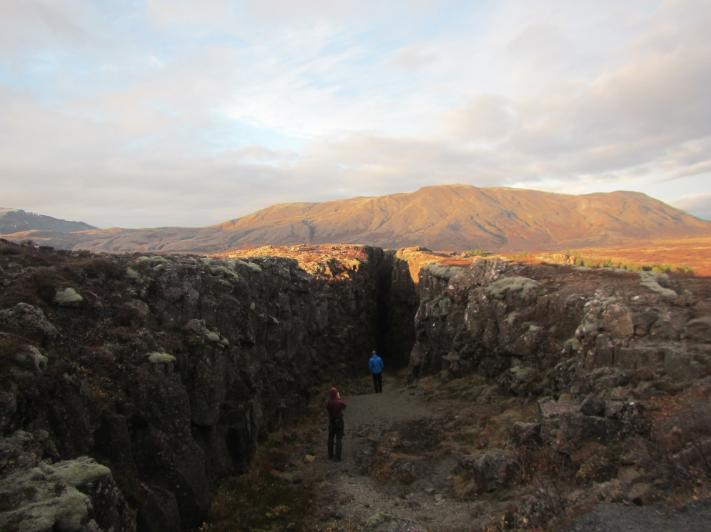
E and A in a rift valley for scale

Just beautiful
